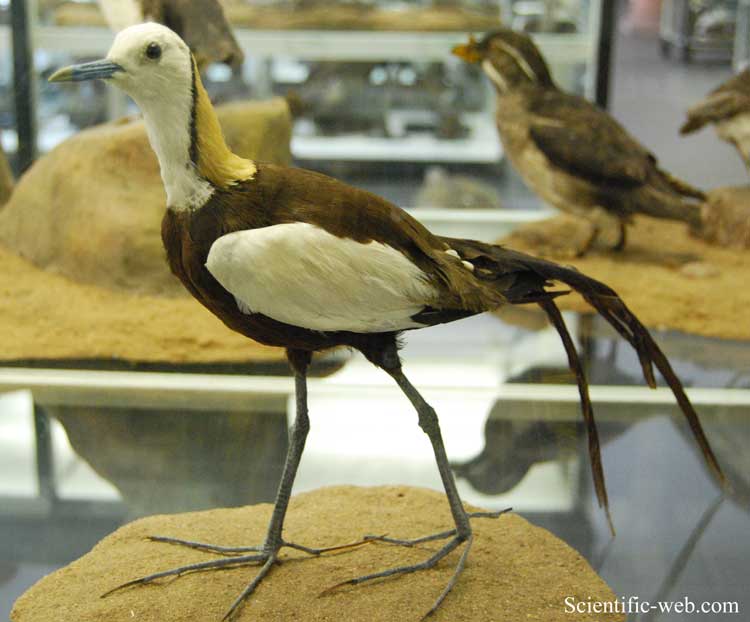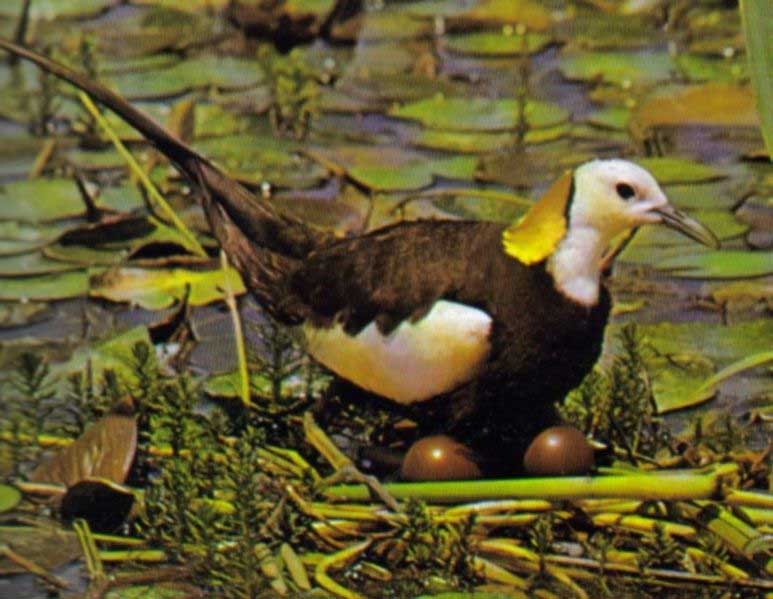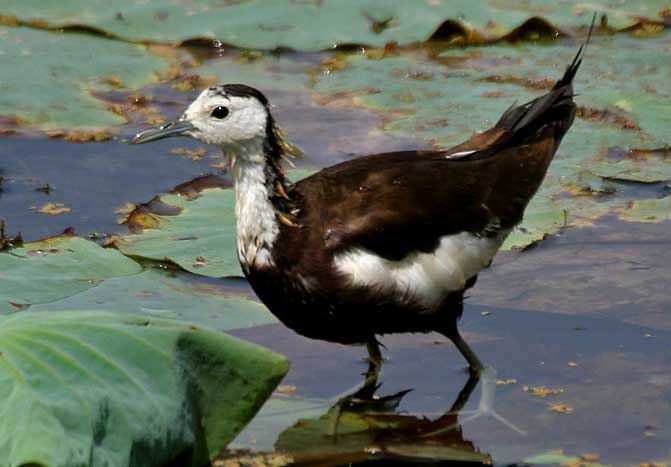Hydrophasianus chirurgus, Photo: Michael Lahanas Cladus: Eukaryota Name Hydrophasianus chirurgus (Scopoli, 1786) Reference * Deliciae florae faunae insubricae 2 p.92 Vernacular names
Source: Wikispecies: All text is available under the terms of the GNU Free Documentation License |
|



